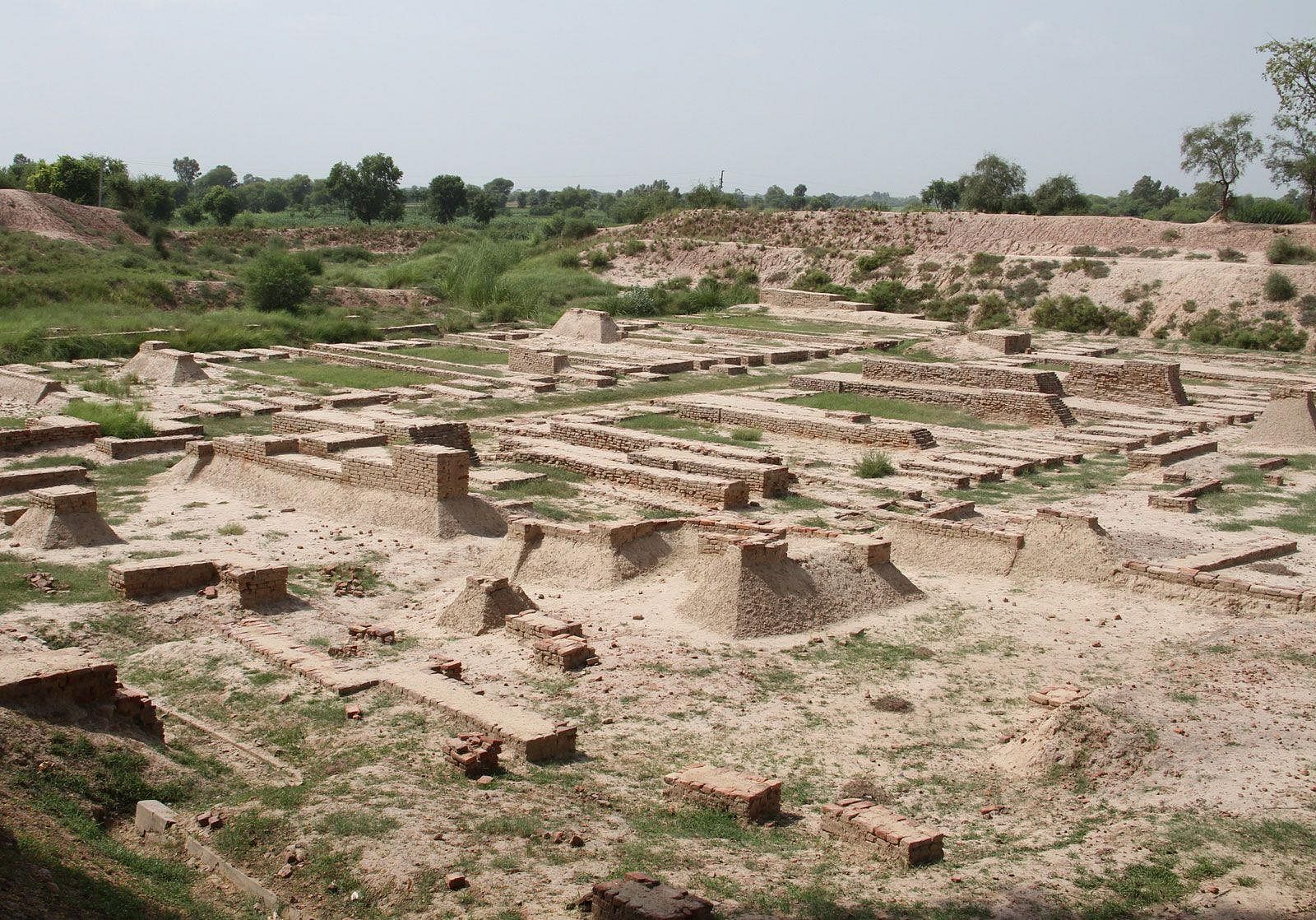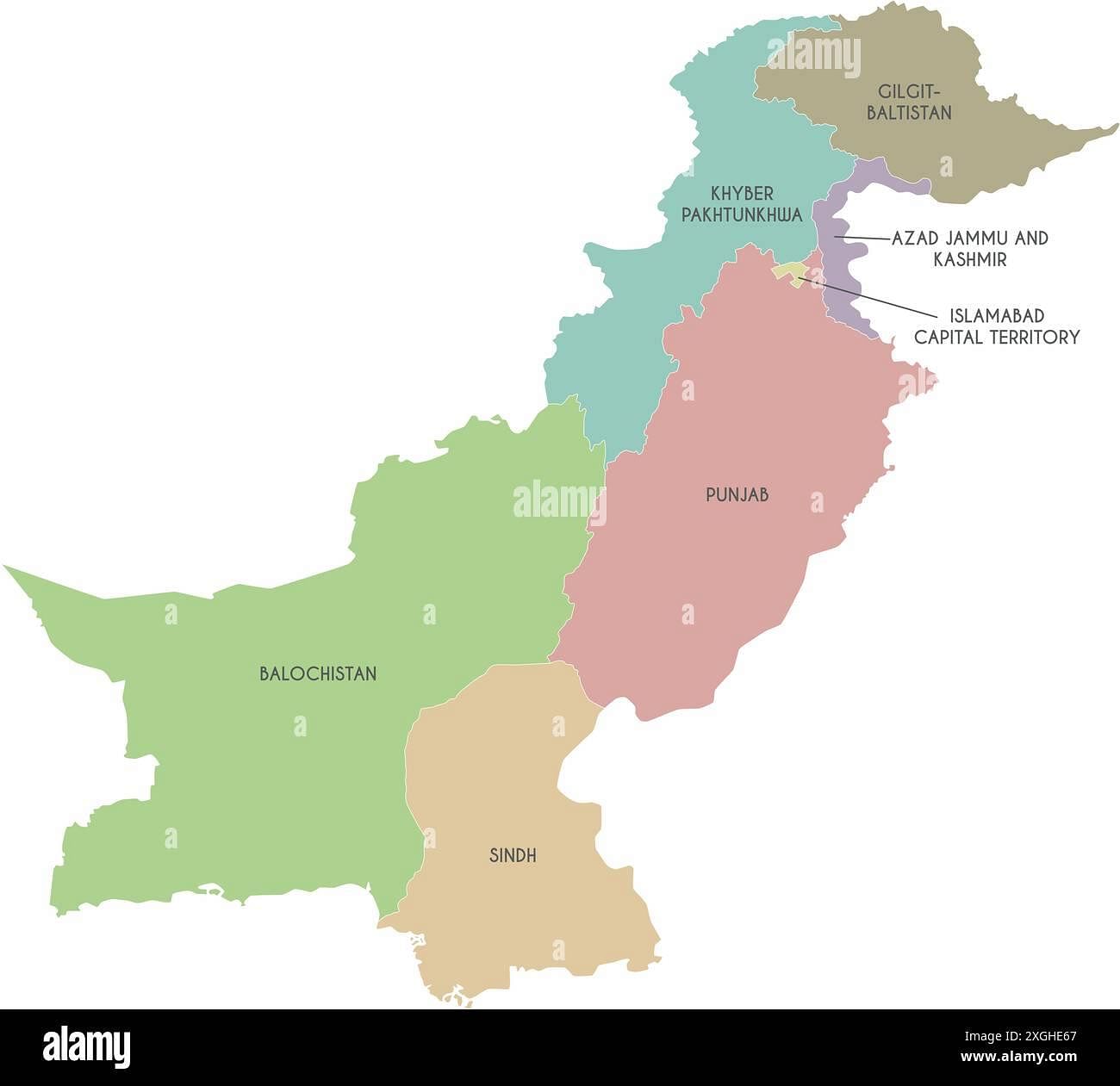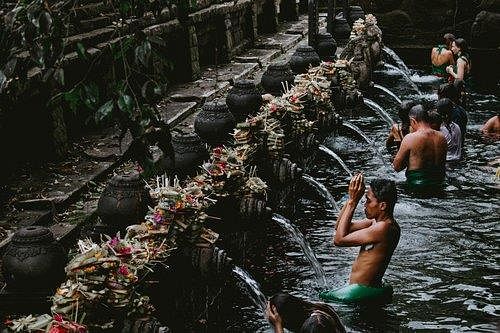|
Card: 1 / 27 |
The Indus Valley Civilization is called Harappan because it was first discovered in ___ in ___ province. |
|
Card: 3 / 27 |
The Harappan Civilization was geographically extensive, covering regions such as ___, ___, and ___. |
|
Card: 5 / 27 |
The Great Bath in Mohenjo-daro is significant because it is believed to have served ___ during religious ceremonies. |
|
Card: 7 / 27 |
What role did granaries play in the agriculture of the Indus Valley Civilization? |
|
Card: 8 / 27 |
Granaries Were Used To Store Food Grains Collected As Taxes From Peasants, Which Were Then Utilized For Payment Of Wages And For Use During Emergencies. |
|
Card: 9 / 27 |
Which planet is known as the Red Planet?
Solution:
Mars Is Commonly Referred To As The Red Planet Due To Its Reddish Appearance, Which Is Caused By Iron Oxide (Rust) On Its Surface. This Distinct Color Has Made Mars A Prominent Object In The Night Sky And A Subject Of Interest In Both Astronomy And Popular Culture.
|
|
Card: 10 / 27 |
What role did bronze smiths play in Harappan society, and what types of items did they produce? |
|
Card: 11 / 27 |
Bronze Smiths Were An Important Group Of Artisans In Harappan Society, Producing A Variety Of Items Including Tools, Weapons, Images, And Utensils Made Of Bronze. |
|
Card: 14 / 27 |
What evidence suggests the presence of a central authority in the Harappan culture despite the lack of clear information about their political organization? |
|
Card: 15 / 27 |
The Cultural Homogeneity Of The Indus Civilization Indicates That A Central Authority Was Likely Necessary To Achieve And Maintain Such Uniformity Across The Harappan Region. |
|
Card: 16 / 27 |
What distinguishes the religious practices of the Harappan civilization from those of ancient Egypt and Mesopotamia? |
|
Card: 17 / 27 |
The Harappan Civilization Did Not Place Evidence Of Gods In Temples, Unlike Ancient Egypt And Mesopotamia. |
|
Card: 18 / 27 |
What significance do the weights of 16 and its multiples have in the context of the Harappan civilization? |
|
Card: 19 / 27 |
The Weights Of 16 And Its Multiples, Such As 16, 64, 160, 320, And 640, Highlight A Consistent And Systematic Approach To Measurement In The Harappan Civilization, Which Has Influenced Modern Indian Measurement Systems, Exemplified By The Historical Use Of 16 Annas Equating To One Rupee. |
|
Card: 20 / 27 |
What is the largest planet in our solar system?
Solution:
Jupiter Is The Largest Planet In Our Solar System, With A Diameter Of About 86,881 Miles (139,822 Kilometers). It Is Primarily Composed Of Hydrogen And Helium And Is Known For Its Great Red Spot, A Giant Storm. In Contrast, Earth Is Much Smaller, Mars Is A Terrestrial Planet, And Saturn, While Large, Is Smaller Than Jupiter.
|
|
Card: 23 / 27 |
What were some proposed causes for the decline of the Harappan culture around 1900 B.C.? |
|
Card: 24 / 27 |
Proposed Causes For The Decline Include Decreased Rainfall Affecting Agriculture, Increasing Soil Salinity, Sudden Land Subsidence Or Uplift Causing Floods, Changes In The Course Of The Indus River Due To Earthquakes, And Possibly Destruction By The Aryans, Although Evidence For The Last Is Minimal. |
|
Card: 25 / 27 |
What geographical area is referred to as Meluha in the Mesopotamian records, and what were its boundaries? |
|
Card: 26 / 27 |
Meluha Refers To The Ancient Indus Region, Extending From Jammu In The North To The Narmada Estuary In The South, And From The Makran Coast Of Baluchistan In The West To Meerut In The North-East, Covering About 1,299,600 Square Kilometers. |
|
Card: 27 / 27 |
Which planet is known as the Red Planet?
Solution:
Mars is often referred to as the Red Planet due to its reddish appearance, which is a result of iron oxide (rust) on its surface. This distinctive color has made Mars a subject of fascination throughout history and is also a key reason for its nickname.
|


























